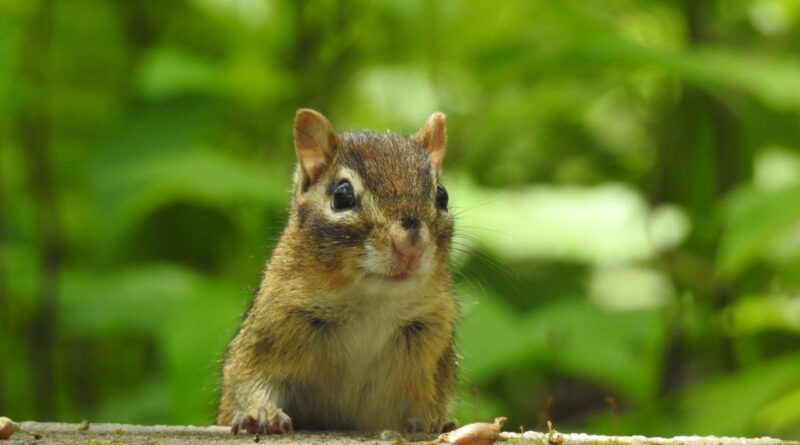Create Sanctuary for Wildlife in your Garden
Podcast: Play in new window | Download (Duration: 2:02:15 — 57.3MB)
Subscribe: Apple Podcasts | Spotify | Android | iHeartRadio | Podchaser | Email | TuneIn | RSS | More
(June 27, 2021) If you garden, you deal with critters. Peggy has issues with chipmunks. I occasionally curse rats in my yard. In other areas, deer and rabbits cause untold damage to plants. Some critters are welcomed–often birds. Well, maybe not pigeons. As you can see, critters come in all shapes, sizes and likeability. However, they are all part of nature. And, more often than not, they were there first. So, it might be time to rethink their roles–and yours–in your garden. In other words, create sanctuary for wildlife in your garden.
That brings us to Nancy Lawson. She calls herself The Humane Gardener. Incidentally, that’s title of her excellent book. I first approached her about being on our show almost three years ago. Hey, stuff happens. But she joins us this morning, along with a special guest. We’ll get to that in a bit.
First, however, a bit of background. Lawson writes about her own experience.
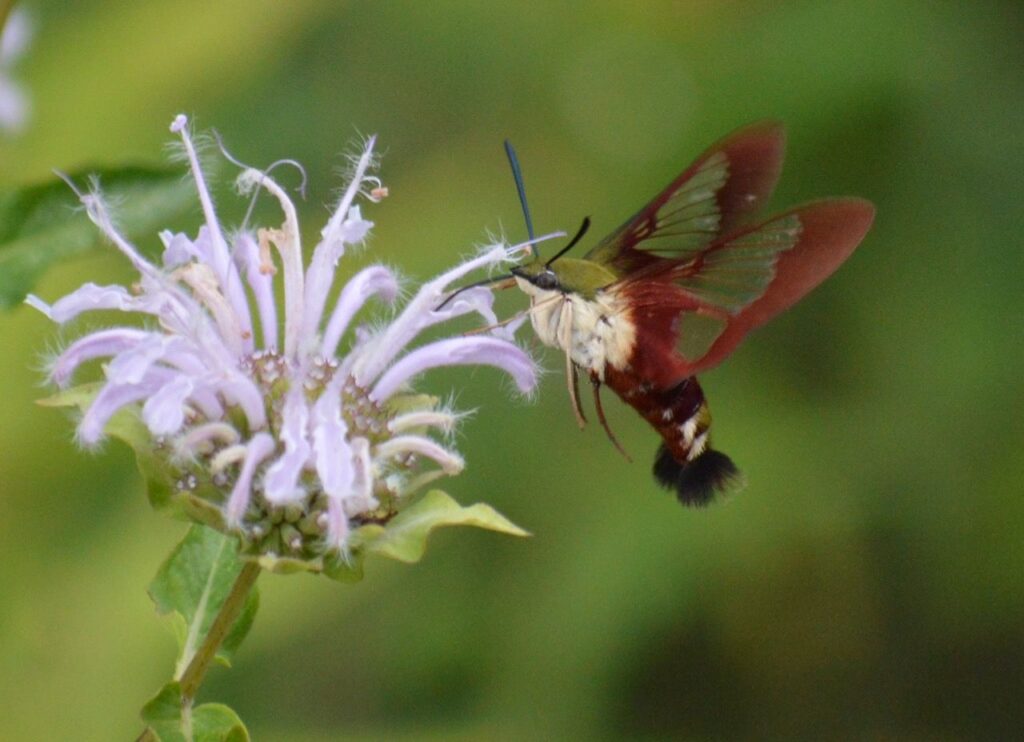
…I began growing plants from seed in 2000 with the goal of bringing our two acres of barren turfgrass to life. As the rabbits and deer and moles moved in, so too did the rare butterflies and bees. All were welcome, and none were turned away.
Common or not, each one of these animals is precious here, with a role to play in our mini-ecosystem: As squirrels helped plant more hickory trees, rabbits created habitat for bumblebees who reuse their old nests. Deer pruned dogwoods and sumacs, inviting cavity-nesting bee moms to lay their eggs in the sawed-off tops. We’ve left as many plants as we can for the animals, and in turn the animals contribute in ways we can’t always predict.
Create sanctuary; Don’t believe the hype
I can’t agree more with these words from Lawson:
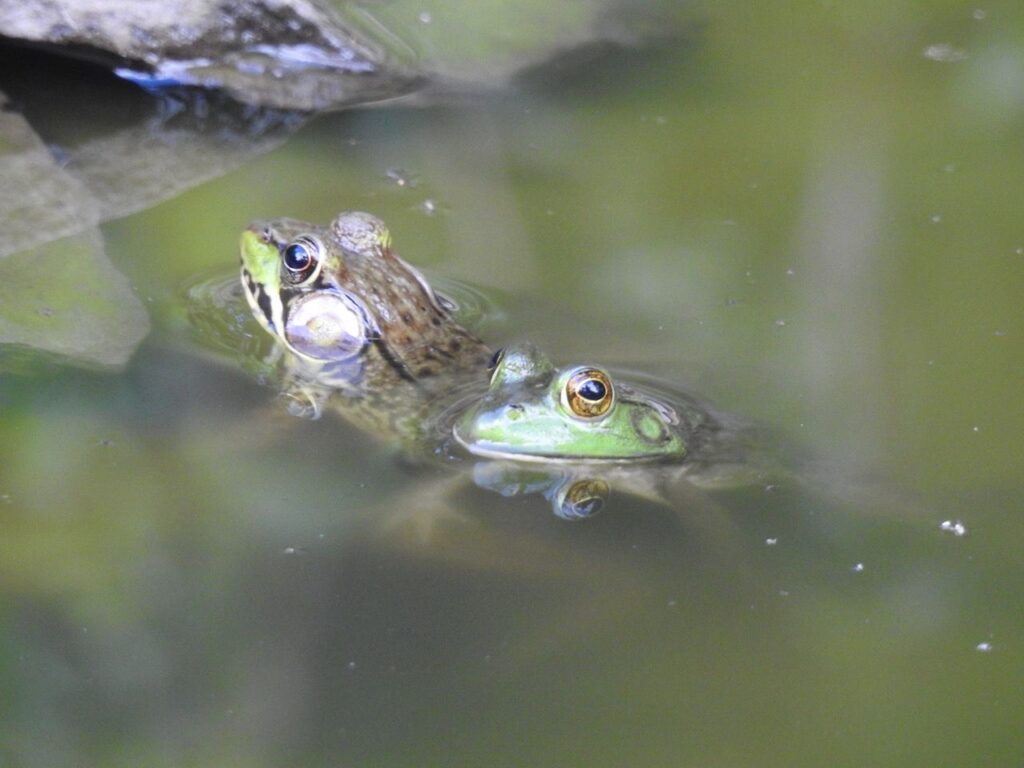
Avoid the common trap of believing the prevailing wisdom about plants and animals wholeheartedly and without question. Too many times to count, we’ve seen the prevailing wisdom proven wrong. But once the myths take hold, they can last for decades, even centuries. It’s why we have a nuisance wildlife control industry hellbent on instilling fear of any creature who doesn’t look or act like us, from snakes to raccoons. It’s why we have a landscaping industrial complex unleashing chemically laden havoc across millions of acres each year, bees and butterflies and birds be damned. Don’t believe the hype.
Furthermore, she reveals that your plants are the secret to everything. If you want to create sanctuary, you have to consider which plants your choose. Then, toss “conventional wisdom” into the dumpster. For instance, Lawson convinced me to give the notorious pokeweed (Phytolacca americana) another try. If it pops up in my yard, I will probably leave it alone.
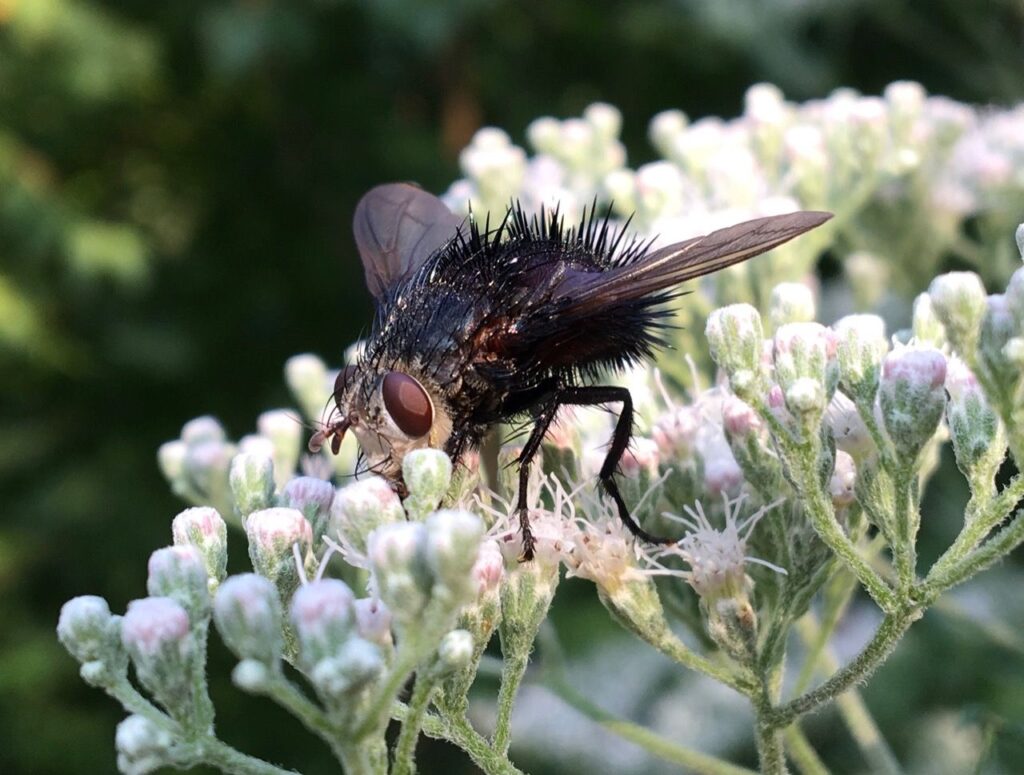
Unfortunately, what Lawson suggests is no less than heresy to too many gardeners. What? Let noxious weeds grow? What? Encourage deer and rabbits and squirrels and snakes? Whaaaat?
By these conventional standards, my property is a disaster. It’s now filled with members of wildlife-sustaining species that have been cut down, dug up, sprayed and otherwise brutalized on this continent for decades, sometimes centuries. It’s home to any animal who wants to make a life here and refuge to others just passing through. Only two things are unwelcome: chemicals and invasive vegetation know to supplant wilflife habitat. Everyone else, from smartweek to milkweed, from ground beetles to groundhogs, has an open invitation.
Take this lawn and shove it
Earlier, I mentioned that we would feature a special guest on today’s show. Ladles and genomes, meet Janet Crouch. She is yet another person who is trying to create sanctuary. She is also Nancy Lawson’s sister. Both live in Maryland. And Lawson wrote about her sister in a blog piece called Butterflies: 1, Bullies: 0.
Three and a half years ago, Janet and her husband Jeff began receiving demands from the Beech Creek Homeowners Association in Howard County that they convert their beautiful 15-year-old pollinator gardens to turfgrass. In a series of bullying and nonsensical letters, the HOA’s contracted law firm, Nagle & Zaller, wrote that a garden “without the use of pesticides in which they have maintained ‘native plants’ to provide food for birds, bees, and other insects and animals” is “completely contrary to the overall design scheme for the Association, which is a planned development. Lots within the Association are intended to be uniform in design and character with manicured yards and green grass for lawns.”
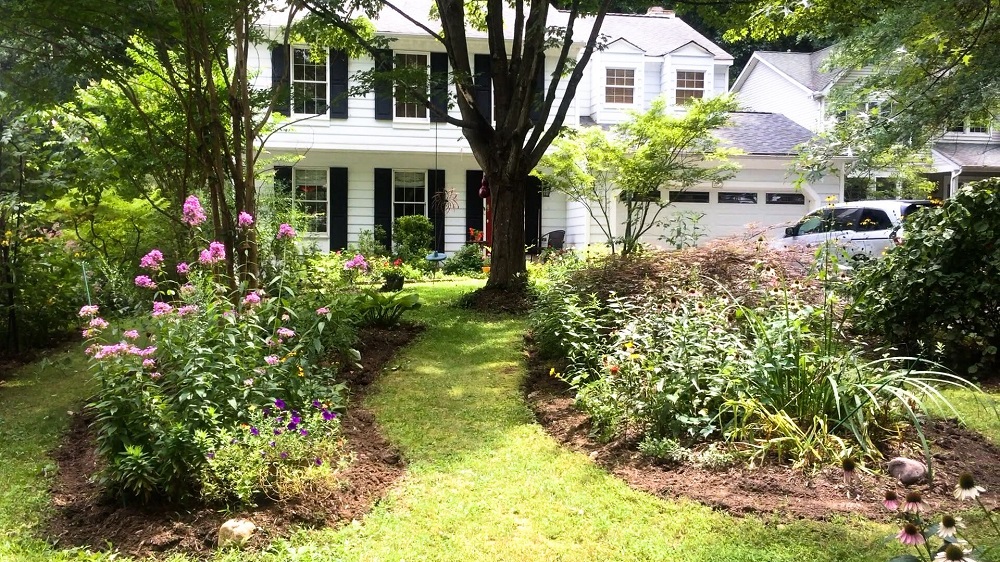
Attorney Sean Suhar used quotes around words and concepts he apparently viewed as suspicious, such as “garden,” and wrote disparagingly of the Crouches’ “environmentally sensitive agenda.” The law firm’s letters displayed a seemingly boundless ignorance by trying to demonize my sister and her husband for adding “plantings which grow back every year.”
Horrors! Plants that grow back? Every year? What next? Flowers? Butterflies? Nature??? We simply cannot have that!
Crouch v. Grouch
As is often the case, the source of the complaint was one, ignorant, cranky…uh, jerk (for lack of a better word.) Unfortunately, he convinced the HOA to spend $100,000 of the community’s money on a lawsuit against the pollinator garden. I’m not going to go into details here because Janet and Nancy will tell the story on today’s show. I suggest you click on the link above.
Never fear, however. The story has a happy ending. Not only did Janet get involved on her HOA board, she also approached the Maryland General Assembly. They responded by passing House Bill 322, the low-impact landscaping legislation that specifically codifies your right to be wildlife-friendly, plant-friendly, and environmentally conscious.
Sometimes the good guys win.
I can’t tell you how much I’m looking forward to talking to these two remarkable women about how to create sanctuary–natural and legal–on today’s show.

